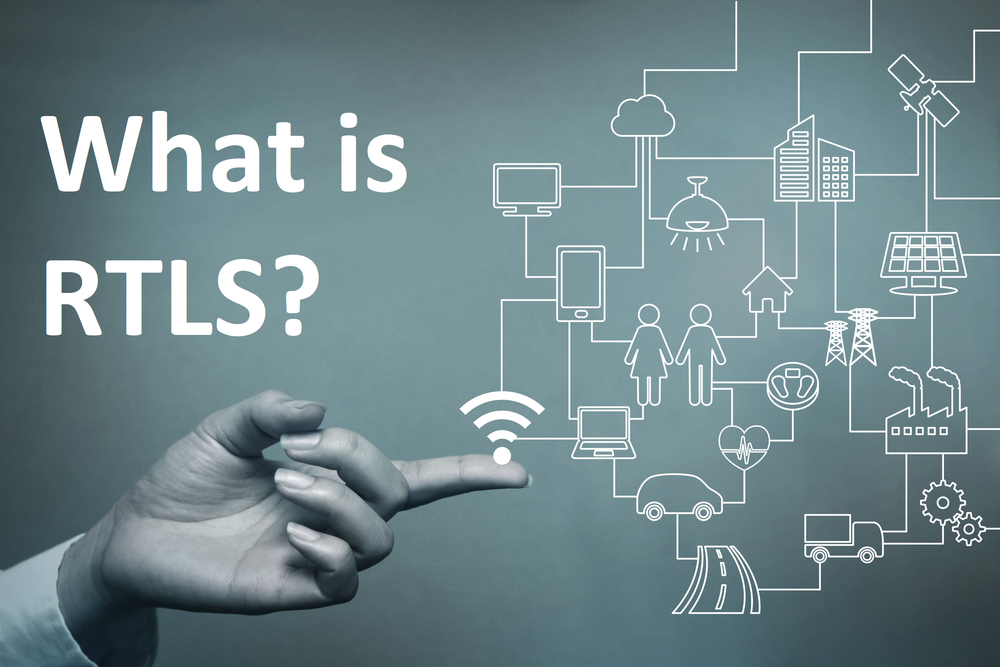Making the case for real-time location services in long-term care
Real-time location services, or RTLS, technology improves the accuracy of contact tracing within Long-term care communities while also greatly simplifying the process.
Read moreWhat you need to know.
What is RTLS?

Image from Sonitor 2018 - What is RTLS at https://www.sonitor.com/blog-1/what-is-rtls-real-time-location-system
RTLS stands for “real time location services.” RTLS is a wireless system that allows its user to track objects or people within their indoor and-or outdoor space. Once a wireless RTLS tag is attached to an object, a user can track its location on a map as it moves through a facility. They can also then determine optimal paths from Point A to Point B. The spacial awareness offered by RTLS offers facility, operations, logistics, and security managers something many of them have never had before: the means to locate or analyze the use of their assets in real time. RTLS systems are growing in popularity because wireless technologies, making them far more easy to implement than ever before. In the past 5 years, RTLS technology has rapidly expanded across applications, use-cases, and verticals. Examples include mobile devices/phones, logistics, transporation, health care, industrial, retail, etc.
How does RTLS work?
RTLS works by attaching some kind of location tag to an item. As these tagged items move around, the tag transmits signals to receivers (also called gateways) that are fixed in the surrounding environment. The receivers send data to RTLS software platforms, located on servers nearby or in the cloud to determine where the items are currently located.
RTLS software platforms, depending on the provider, can be customized to the needs of the user.
What Technologies are used in RTLS?
There are 6 primary technologies behind RTLS solutions. These are explained in further detail here.
These are the major technolgies used in RTLS:
- Passive RFID
- Ultra-wideband (UWB)
- Bluetooth Low Energy (BLE)
- WiFi
- Infrared
- GPS
Why do most RTLS projects fail?
The primary reason why many RTLS projects fail is lack of “defined” in-depth business cases with success criteria and metrics. Instead, many companies start RTLS projects using bottom up approach driven by technology stakeholders who focus on “laser” level precision/accuracy of location services. This end result of the “lab” and-or “science experiment” based approach consistently identifies the most accurate RTLS technology but fails to identify a solution that is cost and operationally effective. These “lab” based assessments tend to create the “we selected a tool,” now lets hunt for a place to use it.
Example of Failure
A company chooses to implement a highly accurate peer to peer RTLS tag that is battery intensive and now requires a business implement a “recharge” activity within production and-or day to day activities. Now it must painfully change its operations “around” a RTLS technology, instead of focusing on the business core needs. These implementations tend to be operationally fragile and require significant enforcement, management, and monitoring activities (The ROI Killer). Any “Value-Based” RTLS technology should complement a customer’s process by addressing key business needs, not define a companies processes.
Most RTLS projects end in failure due to missed expectations and initiatives that exponentially exceed planned budgets. These situations tend to happen when trying support multiple tracking technologies simultaneously. A complexity goes up, costs go up 5X. Instead companies should focus on getting “value” and visibility where they had “none” before. 99.5% of RTLS use cases don't need accuracy down to centimeter.
Why RTLS is important in Healthcare?
The healthcare industry is one where inefficiency leads directly to productivity losses and contributes to loss of life. This is especially important in a COVID-19 era where Baby-Boomers and aged population strain healthcare capacity. A forecast showing the state of the RTLS healthcare industry predicts the total worth will reach $2.34 billion by 2027. There are also cases where health systems (IDNs) deploy RTLS in across multiple locations and campuses. Health systems need the ability to track utilization, location, and exposure risk of shared resources across different facilities. These include hospitals, clinics, labs, storage areas, etc.
Read more